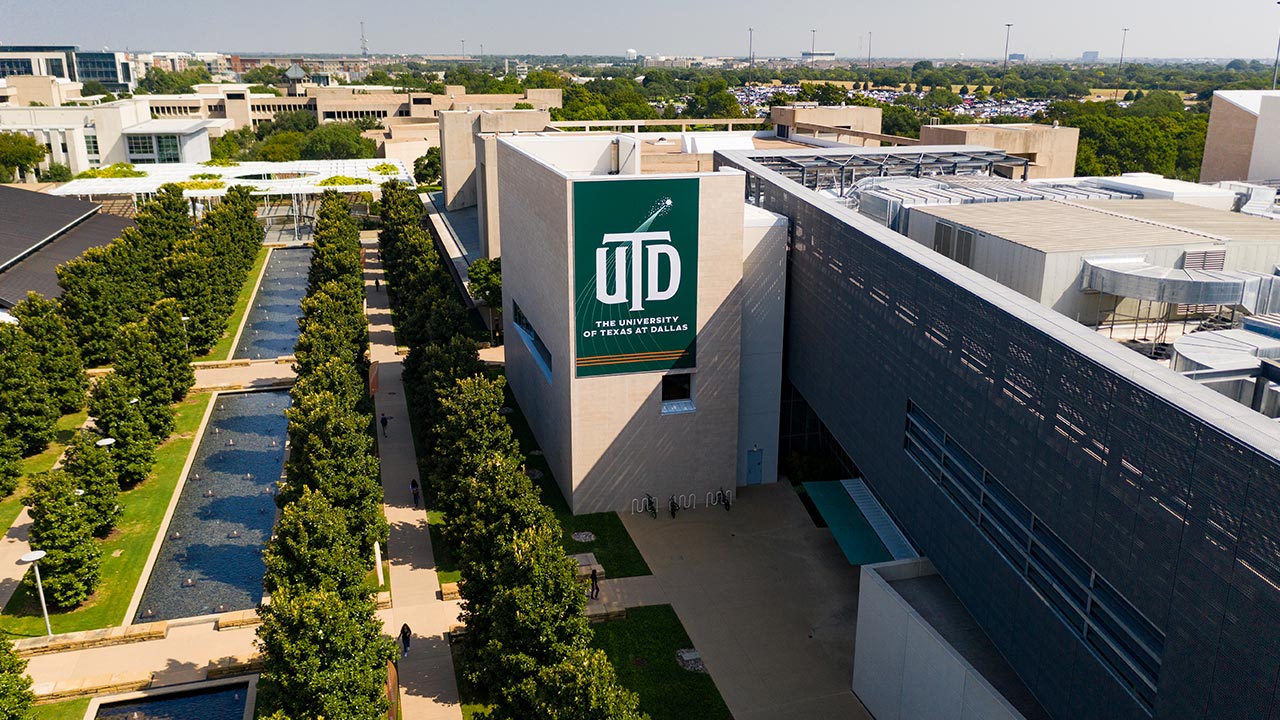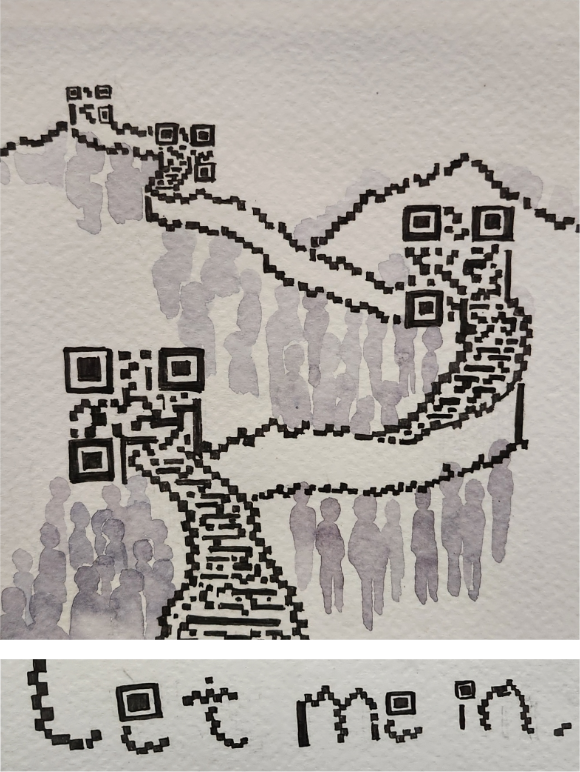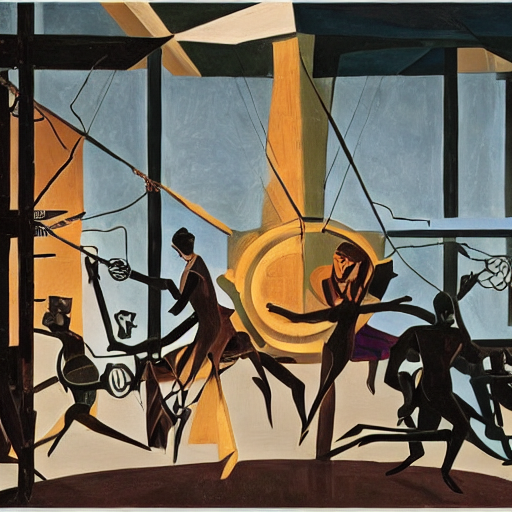On Aug 30 2023, Roger F. Malina was invited to give a Physics Colloquium at the University of Texas at Dallas, USA. The topic centered on one of the emerging anxieties triggered by the Covid-19 Epidemic: numerous people were forced to live on line and seek companionship.
The end of the pandemic did not lead to the usual behaviors to overcome loneliness.
Before the pandemic, a member of the lab was suffering from racism, sexism and xenophobia. This resulted in the project called “Quanta” which advocated one solution for eliminating these isms from human societies. The provocation was to shrink all to shrink humans to the size of very large molecules (which are never racist) and smaller than viruses (which can be racist).
You can access the slides by clicking the button below.
About the Author:
Roger F. Malina is a space scientist and astronomer, with a specialty in extreme and ultraviolet astronomy, space instrumentation and optics. He served as director of the Observatoire Astronomique de Marseille Provence and was NASA Principal Investigator for the Extreme Ultraviolet Satellite project at the University of California, Berkeley.
He is also a publisher and editor in the new emerging research fields that connect the sciences and engineering to the arts, design and humanities. Since 1982, he has served as Executive Editor of the Leonardo Publications at MIT Press. He founded, and serves on the board of two nonprofits, ISAST in San Francisco and OLATS in Paris, which advocate and document the work of artists involved in contemporary science and technology.
He is currently a Distinguished Professor of Art and Technology and Professor of Physics, at the University of Texas at Dallas and Directeur de Recherche for the CNRS in France. He serves as the Associate Director of ATEC, and founded the ArtSciLab in the ATEC program fall 2013.







